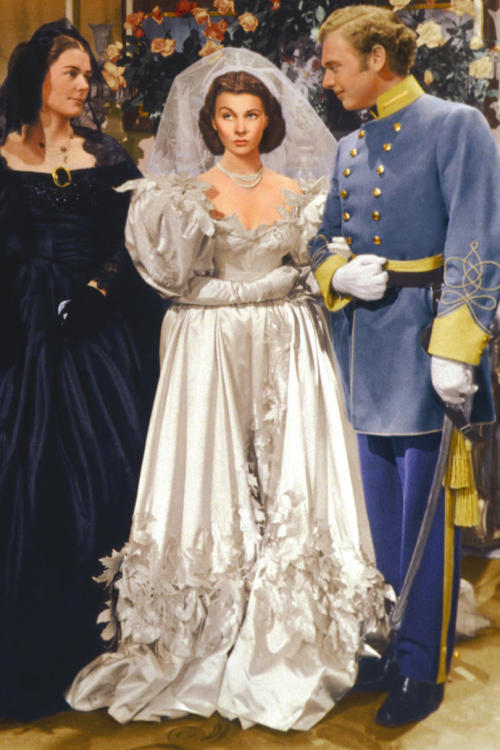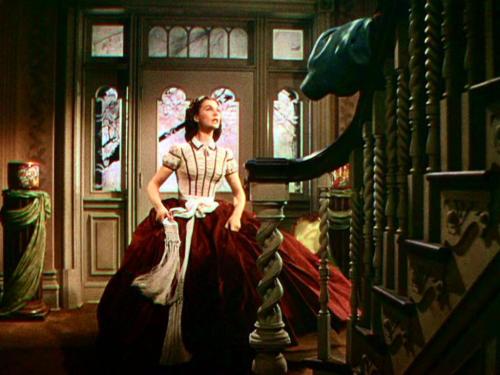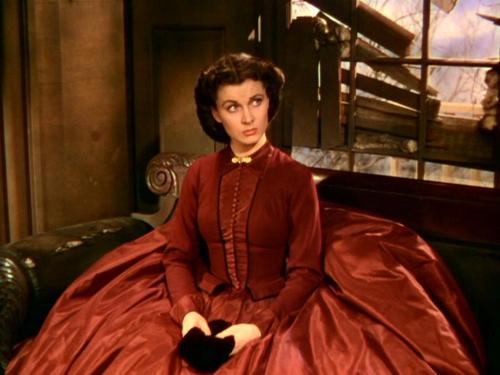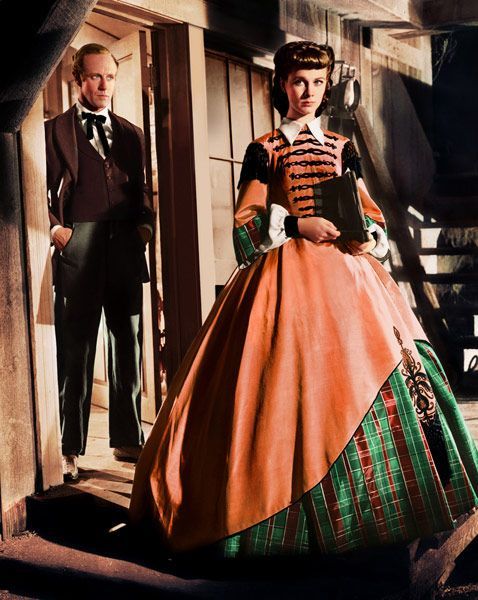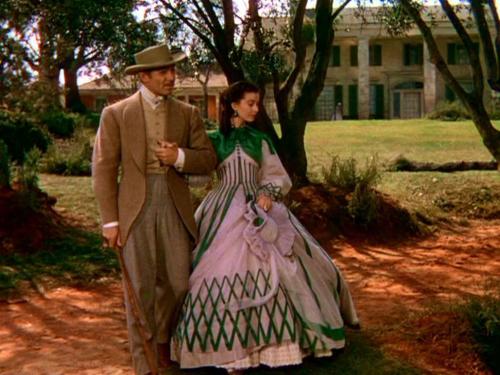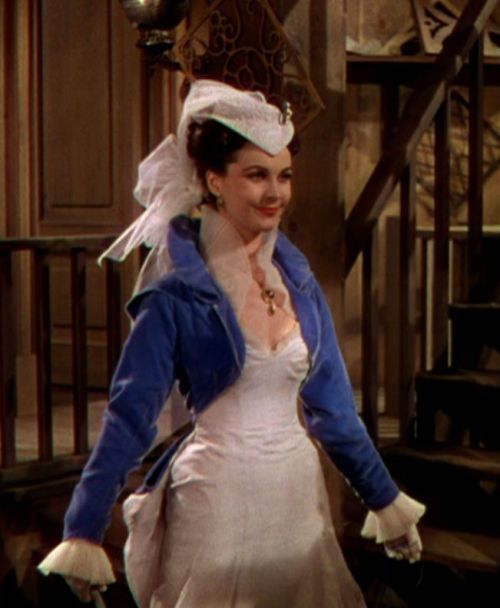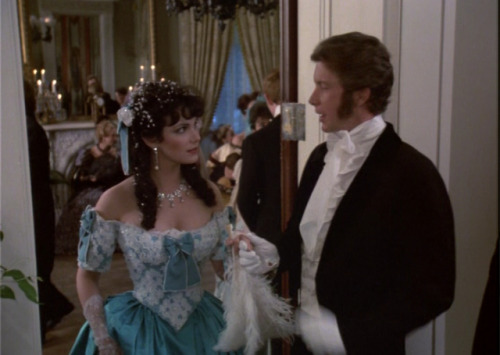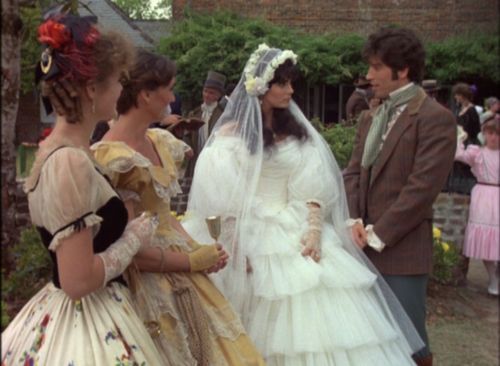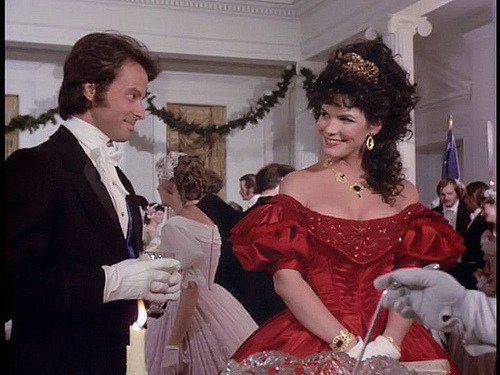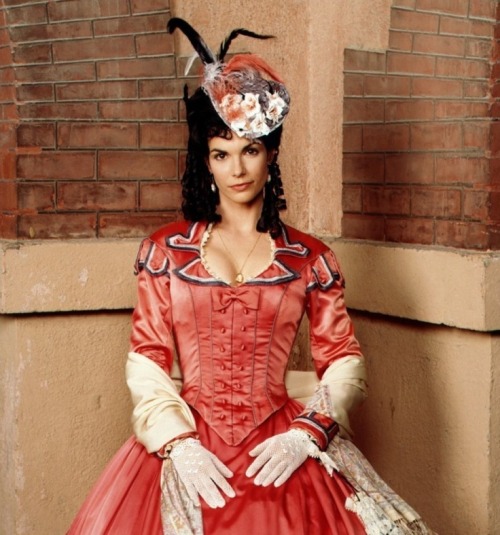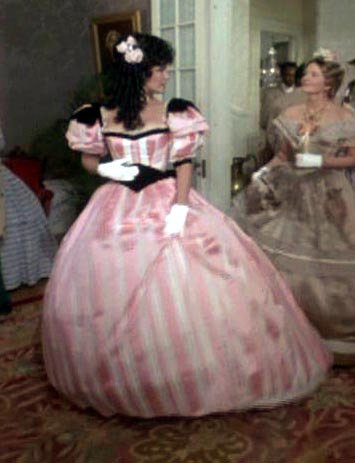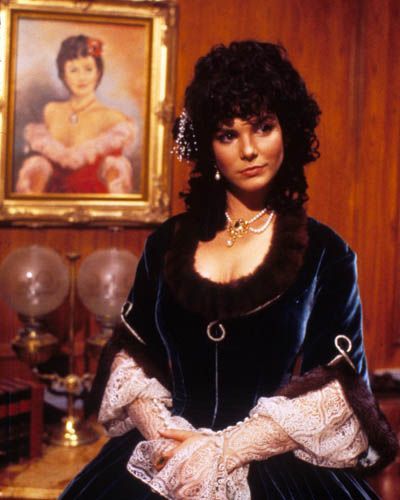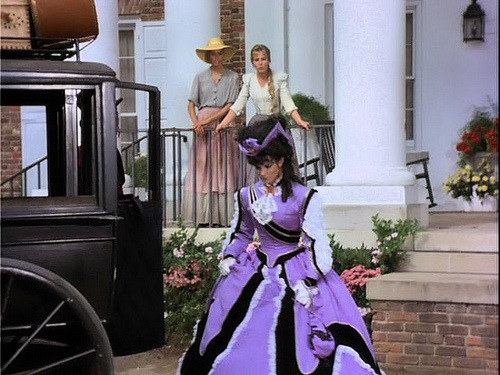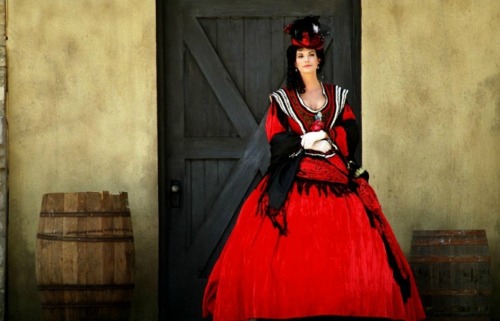
"DEAR BILLY II"
RATING: [G]
SUMMARY: A view of Charles Main's life as an Army officer on the Texas frontier during the summer of 1858, via a letter written to his best friend and fellow officer, Billy Hazard.
FEEDBACK: Be my guest. But please, be kind.
DISCLAIMER: Charles Main, Billy Hazard, Orry Main, Elkhannah Bent and all other characters related to the "NORTH AND SOUTH Trilogy" belong to John Jakes, Wolper Productions, and Warner Brothers Television.
AUTHOR'S NOTE: This story is a continuation of Charles Main’s experiences in Texas, first started in the story, "Dear Orry", and continued with "Dear Billy" and "Dear Orry II". The story is a combination of canon from the trilogies of both John Jakes’ novels and the television adaptations.
------------
"DEAR BILLY II"
August 16, 1858
Camp Cooper, TX
Dear Billy,
I had received your letter, written last March, along with two letters from Cousin Orry. Did you ever receive any letters from Cousin Brett recently? I realize that Orry remains reluctant to give you permission to ask for her hand in marriage. But don't lose hope. As long as you remain faithful in your intentions, he may soon realize that you are more than capable of taking care of Brett during these troubled times.
Speaking of troubled times, I hear that the country's political tensions have become tenfold, due to the upcoming elections in Congress. I . . . I'm sorry Billy, but I just can't keep this to myself any longer. Do you recall my writing to you about my new company commander? Captain Elkhannah Bent? That was over a year ago. I noticed in your last letter that your brother George had not mentioned him. Have you written to him about Captain Bent? I had written to Orry, asking if he knew the man at West Point or in Mexico. You see . . . I believe I have made a serious enemy and I don't understand why. In my last letter to Orry, I had informed him that Captain Bent had ordered me to lead a detachment to rescue passengers from a wrecked stagecoach during a winter storm. That was child's play in compared to what recently happened between me and the Captain.
Two days ago, a farmer had arrived at the post to inform us that a local farmer named Lantzman and his family were beseiged by a band of Penateka Commanches near Phantom Hill. For once, Captain Bent had decided to lead a detachment that included myself, our first officer Lieutenant O'Dell, our Indian tracker and 20 troopers. I suspect he wanted to appear competent in the eyes of the commandant after being criticized for sending me out into that storm last winter. Upon our arrival at the Lantzmans' farm, we discovered that more Commanches had joined the siege around the house, leaving our detachment outnumbered 2 to 1. For a brief second, I wondered if Bent wanted to turn around and leave the Lantzmans to their fate. Only a second. I had suggested we dismount before we approach the house through the cornfield. However, Captain Bent insisted upon sticking to Army regulations. We rode through the cornfield and successfully reached the Lantzmans' homestead. Poor Mr. Lantzman had died from his wounds. And since we had remained mounted, our detachment lost four men, including Lafe O'Dell. This left me as the company's new first officer.
Billy, I hope that no one within the Army command will read or hear what I am about to reveal. Once our detachment ended up trapped inside the house with the Lantzmans, I realized that we needed to make our escape as soon as possible. However . . . Captain Bent expressed reluctance to leave, especially after we discovered that the Commanches had killed the two troopers he had sent to inform Camp Cooper of our situation. I am not accusing the Captain of cowardice. After all, the man was a veteran of the war in Mexico. But I suspect that for a brief moment, our situation nearly overwhelmed him. I was forced to assume temporary command and ordered the detachment and the Lantzmans to get the hell out. I can imagine your reaction to what I had just revealed. However, I had no choice. With the messengers dead and twice the number of Commanches encircling us, there is no way in hell we would have survived if we had remained inside that house. We finally made our escape, galloping through the cornfield. A Commanche warrior managed to wound my shoulder and I would have been left behind if a trooper named Tannen had not come back for me.
The Commanches chased us for at least an hour before we finally managed to evade them. Captain Bent complimented for getting the men and the Lantzmans away from the Commanches. He also informed me that he planned to charge me with disobeying his orders to remain at the farmhouse. Needless to say, I found myself in a fix.
Billy, you would be surprised to learn what saved me and my Army career. Our detachment and the Lantzmans stopped for a rest after finally evading the Commanches. During that period, the Captain . . . how can I put this on paper? Captain Bent became attracted to young Martha Lantzman. She is 12 years old. Worse, the Captain tried to make his feelings known to her. Who knows what would have happened if I had not appeared? He had already had his hands on her. Mrs. Lantzman and her sons threatened to charge Bent with attempted sexual assault. I convinced them to allow the matter to pass, considering no harm came to young Martha. A part of me feels ashamed of what I did next. Another part felt a sense of satisfaction. The Captain thanked me for saving him from possible criminal charges. I received his thanks . . . and suggested that he drop the charges of disobeying his orders at the Lantzman farm. I also added that if he persists in pressing charges against me, I will summon Mrs. Lantzman to testify on my character and "the characters of others". Needless to say, I will not be facing a court-martial for disobeying the Captain.
Captain Bent, me and Lafe received commendations for the Lantzmans' rescue. Poor Lafe's commendation was posthumous. I have submitted a letter to the Department, suggesting a promotion for Private Tannen for saving my life. Orry would be pleased to learn of my commendation. I must admit that I feel a slight sense of satisfaction. But this satisfaction feels slightly tainted by what had transpired between the Captain and me. Not long after our return, he requested for medical leave in San Antonio. This has left me as the temporary commanding officer of Company K. And this has left me with the task to write letters to the relations of Lafe O'Dell and the other men who had denied. A very unpleasant task.
I realize that I have betrayed my promise to maintain discretion over what happened between Captain Bent, the Lantzmans and myself. However, as my closest friend, I felt you should have a clear understanding on what kind of man you might be dealing with, should you ever find yourself under Captain Bent's command. And never did I imagine I would find myself resorting to blackmail to save my hide, but I do believe Captain Bent did not deserve any restraint on my part. He is not an honorable man. No honor at all. And I am not quite certain if he is truly sane.
Billy, I am certain you will be discreet over what was written in this letter. And be patient with Cousin Orry. I am certain that sooner or later, he will give you permission to propose marriage to Cousin Brett. Take care Billy. I hope to hear from you soon.
Your friend always,
Charles Main


